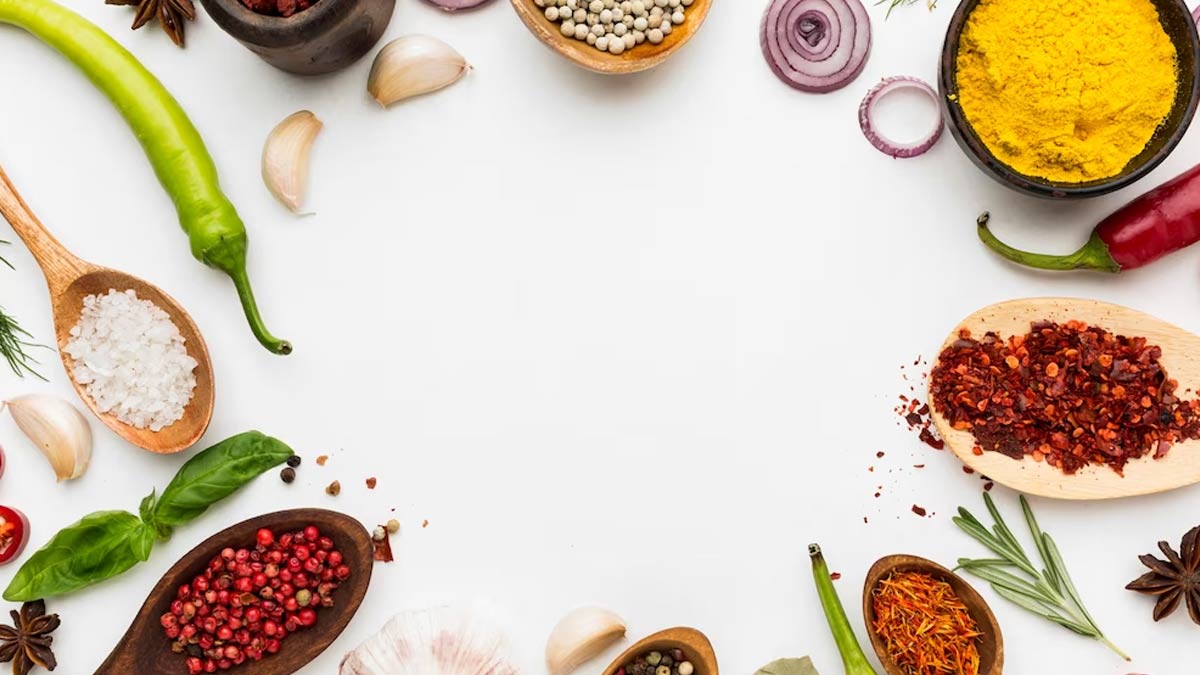
Ayurveda, the ancient Indian system of medicine and healing, places great importance on the concept of balance and harmony within the body.
This balance is often discussed in the debate on the consumption of hot and cold food. Ayurveda suggests that the temperature of the food we consume has a significant impact on our overall well-being.
Table of Content:-
Ayurveda recognises that every person has a unique constitution, known as their dosha. The three doshas; Vata, Pitta, and Kapha represent different elemental energies within the body. Each dosha has its characteristics, and maintaining its balance is key to good health. When it comes to hot and cold food, Ayurveda considers the impact of temperature on the doshas.
To know more about the concept of hot and cold food in Ayurveda we reached out to Dr Ganesh Chaudhary, an ayurvedic expert, public health care, Manigachhi, Bihar.
Concept Of Hot And Cold Food
“In Ayurveda, hot and cold food is not merely about their physical temperature, but rather their inherent qualities. Foods are classified based on their effect on the body, rather than the actual temperature at which they are consumed. Hot foods, known as ‘ushna’ in Ayurveda, are believed to increase internal heat and stimulate digestion. Cold foods, referred to as ‘sheeta,’ are considered to be cooling and soothing,” said Dr Ganesh Chaudhary.
Also read: Sick Of Acne Breakouts? Ayurveda Expert Suggests Remedies To Manage It
According to Ayurvedic principles, people with a dominant Pitta dosha tend to have a natural internal heat and strong digestion. Consuming excessive hot or spicy foods can further aggravate Pitta, leading to issues, such as acidity, inflammation, and irritability. Hence, people with a Pitta imbalance are advised to consume cooling foods, including fresh fruits like melons, vegetables like pumpkin and herbs like mint and coriander. These foods help to balance the excess heat and maintain equilibrium within the body.

Further explaining the ‘doshas’, Dr Ganesh said that people with a dominant Vata dosha typically have a cold and dry constitution. They may experience digestive issues and cold extremities. For such individuals, consuming warm or hot foods can be beneficial. Warm, cooked meals and nourishing spices like ginger and cinnamon can help to alleviate Vata imbalances, improve digestion, and provide comfort and grounding.
Kapha dosha, associated with stability and structure, tends to have a natural heaviness and coolness. People with a dominant Kapha dosha may tend to gain weight and feel lethargic. In such cases, consuming warm, light, and stimulating foods can help to balance Kapha. Spices like black pepper and cloves, along with bitter green vegetables and warming grains, can help in boosting up the metabolism and reduce sluggishness.

Takeaway
While Ayurveda provides guidelines on the impact of hot and cold food on different doshas, it is important to remember that individual variation exists. One person's response to a particular food may differ from another's, even within the same dosha. It is crucial to listen to your body and observe how it reacts to different temperatures and qualities of food.
The debate between hot and cold food revolves around understanding the impact of food temperature on the doshas. By consuming foods that counterbalance any dosha imbalances, individuals can promote overall well-being and support their unique constitution. However, it is essential to approach this understanding with an open mind, as each person's needs may vary.
Also read: Ayurveda Expert Explains Remedies For Piles In Women
Consulting with an Ayurvedic practitioner can provide personalised guidance on the best approach to achieving optimal health through food choices.
Also watch this video
How we keep this article up to date:
We work with experts and keep a close eye on the latest in health and wellness. Whenever there is a new research or helpful information, we update our articles with accurate and useful advice.
Current Version